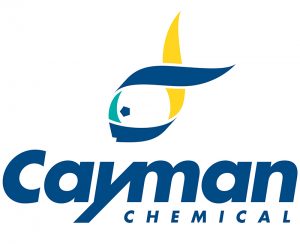Guidelines to participate in the competition have been modified to keep in line with NIH guidelines.
1. Competition is limited to faculty (Assistant and Associate Professor or equivalent) of 45 years of age or less.
2. Those interested in participating in the ERF Young Investigator Award competition must first register and submit an abstract before applying.
3. Nominations for the awards can be self or by a colleague and should be received by the Organizing Committee on or before the Abstract submission deadline date.
4. All nominations should be in the form of a letter (250 words maximum) highlighting the important aspects of the abstract. The letter should also indicate the category, viz. Cancer, Inflammation, Resolution or Structure/Function, for which the abstract is being nominated. The nomination letter should accompany the current CV of the nominee. At the minimum, the CV should include education, training, awards and honors, professional affiliations, research funding, and publications. Preferably, the nomination letter, the abstract, and the CV should be combined into one PDF file for submission.
5. Organizing Committee screens and selects eight nominees (two for each category) from all nominations using the abstracts, nominating letters, and the CVs. All selected nominees are required to give oral presentations in the special session.
6. A panel of judges (3 judges + 2 chairs of the session) will score the presentations to determine the finalists.
Submission deadline date: August 26, 2022
Submit all nominations via email by clicking below:


